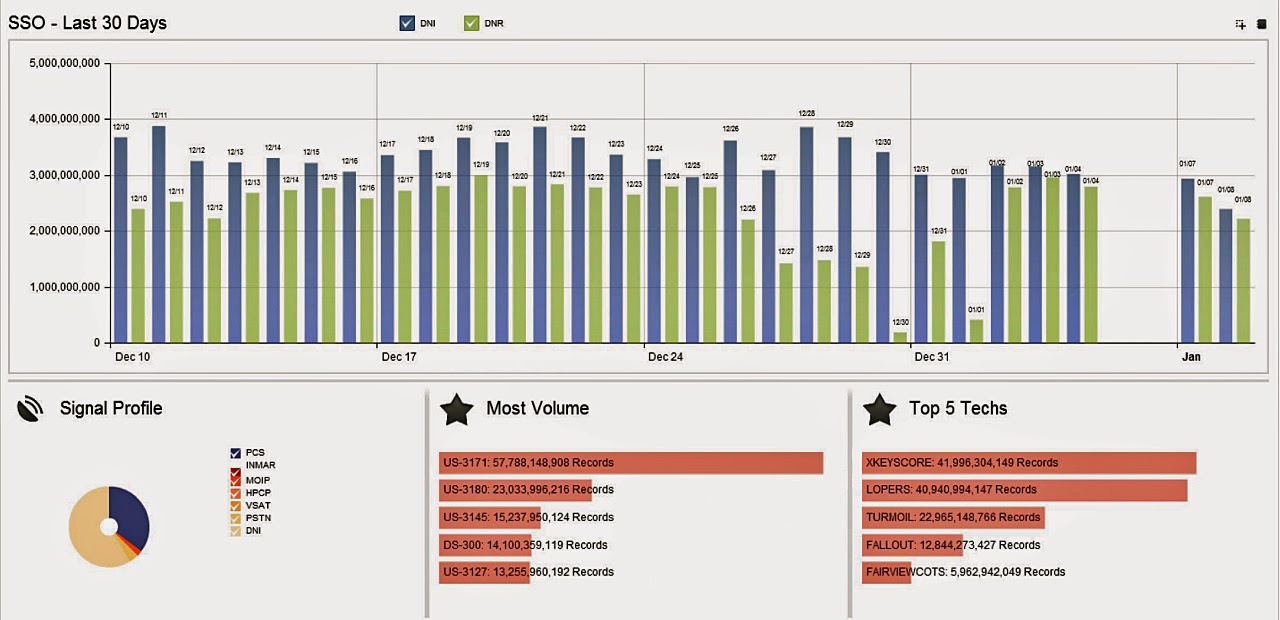05.28.14
The Daily Beast gets an exclusive look at the Afghan special operations forces that are key to President Obama’s Afghan counterterrorism strategy.
KABUL, Afghanistan—No matter how many troops President Obama keeps in Afghanistan, or how fast they leave, it’ll be the Afghan forces that keep the country together—and its special operations troops that provide the teeth.
But those pauses in cooperation have also revealed the Afghan special operations forces’ shortfalls: not enough air power to reach remote targets, or intelligence resources to track those targets. Small wonder they are still more willing to tackle tougher missions with American commandos at their side.
For the Americans’ part, working closely with the Afghans gives them a chance to influence which targets are chosen in a battlefield still thick with a multiple choice of enemies—and when even a handful go along on a raid, they are able to guard against potential abuses, like the looting of suspects’ homes during raids or worse.
The Daily Beast got an exclusive look at how the U.S. works with Afghan special operators: both the promise of the elite forces the U.S. has built, and the peril of abandoning those forces before they have the logistical and bureaucratic structures in place to keep performing after the Americans depart.
"From the fighting standpoint, I feel confident," said Maj. Gen. Scott Miller, head of U.S. special operations in Afghanistan. But the managerial skills needed to run a 200,000-troop force are still lacking. "It's training, recruiting…uniforms…food… the sustainment piece which is hard for our army,” he said, echoing other U.S. military commanders’ assessment of the Afghan forces’ progress overall.

